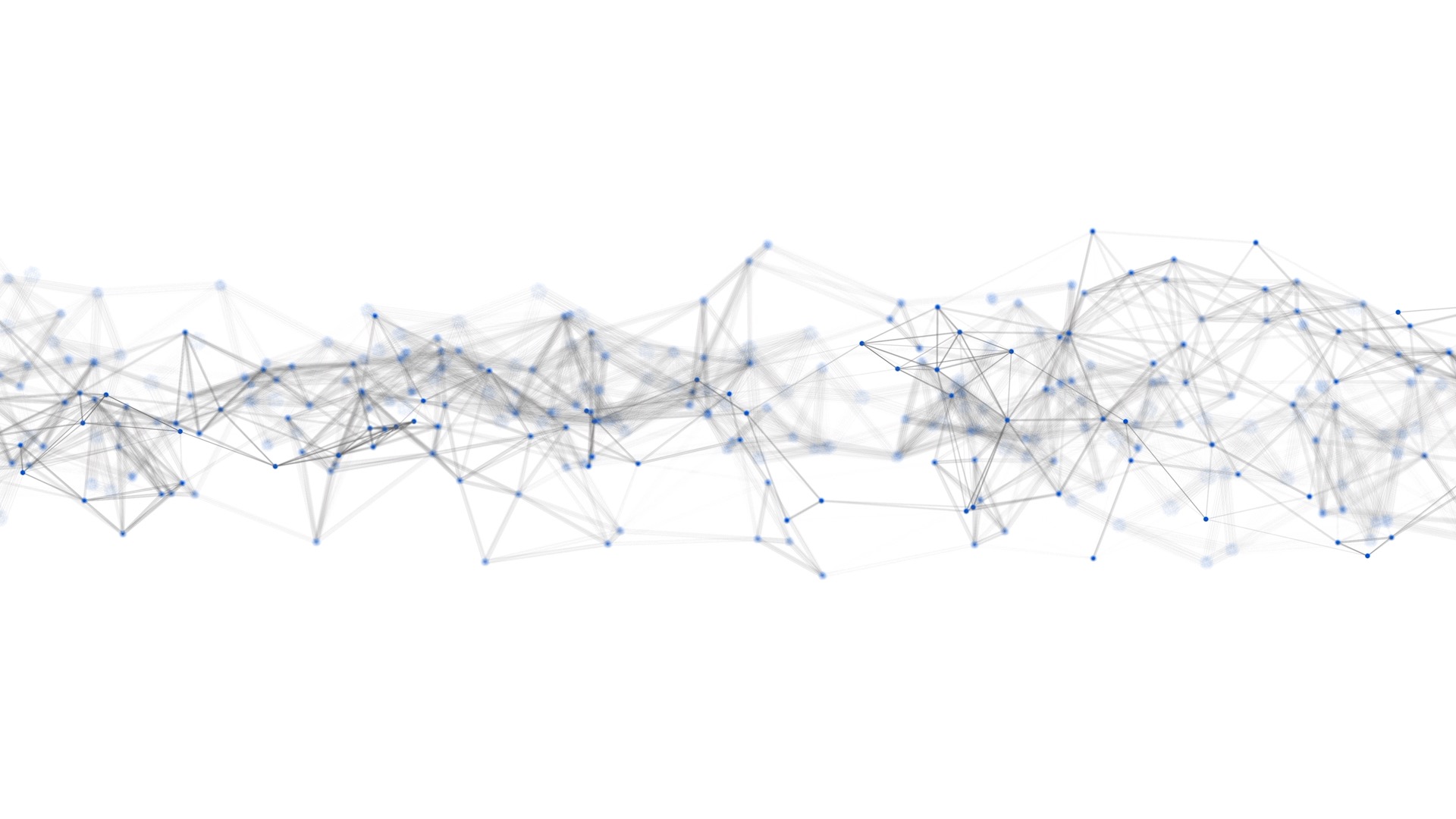
Reona Yamaguchi
| Position | Assistant Professor |
|---|---|
| Group name | Isa Group |
| Research Field | Neuroscience |
| Joined | Feb. 1, 2019 |
Research Overview
Neural circuit associated with fine motor skills
The fine motor skills such as dexterous hand movements are specifically developed in higher primates including humans. The Dexterous hand movements (Movie 1) have given humans the ability to manipulate small objects and a skill enabling complex behaviors such as writing and drawing. The cells of motor cortex in these species descend to the spinal cord through the corticospinal tract (CST) and are directly connect to the spinal motoneurons. It is assumed that the corticospinal tract, especially the direct cortico-motoneuronal (CM) pathway, plays a major role in the dexterous hand movements. Recent studies from our laboratory, however, demonstrated that the indirect pathways through the spinal cord interneurons such as propriospinal neurons or segmental interneurons could partly contribute to the control of dexterous hand movements using pathway-selective and reversible technique (double-infection technique) for blocking neural transmission. Now we think it is necessary to study how much the direct CM pathway contributes to the control of dexterous hand movements by using more recently developed sophisticated techniques. If the direct CM pathway is essential for the dexterous hand movements, the macaque monkeys which lack the CM pathway would not develop the ability of dexterous hand movements. In ASHBi, we will generate the macaque monkeys in which the CM pathway is lacking by genome editing technology, and follow the development of dexterous hand movements in these animals.
Biography
Reona Yamaguchi obtained his PhD from Kagoshima University (2016) and move to University of Washington as a postdoc (2016-2017). After that, he moved to Kyoto University as an assistant professor. He was appointed assistant professor in 2019 in ASHBi of Kyoto University.
Publications
Okamura JY, Oshima J, Yamaguchi R, Yamashita W, Wang G. An intrinsic algorithm for viewing angle tolerance of object discrimination in human subjects. Can J Exp Psychol. 2020;74(1):73‐82. doi:10.1037/cep0000188
Isa T, Mitsuhashi M, Yamaguchi R. Alternative routes for recovery of hand functions after corticospinal tract injury in primates and rodents. Curr Opin Neurol. 2019;32(6):836‐843. doi:10.1097/WCO.0000000000000749
Yamaguchi R, Sakamoto A, Yamaguchi R, et al. Di-(2-Ethylhexyl) Phthalate Promotes Release of Tissue Factor-Bearing Microparticles From Macrophages via the TGFβ1/Smad/PAI-1 Signaling Pathway. Am J Med Sci. 2019;357(6):492‐506. doi:10.1016/j.amjms.2019.02.012
Yamaguchi R, Sakamoto A, Yamaguchi R, et al. Transcription factor specificity protein 1 modulates TGFβ1/Smad signaling to negatively regulate SIGIRR expression by human M1 macrophages stimulated with substance P. Cytokine. 2018;108:24‐36. doi:10.1016/j.cyto.2018.03.011
Sakamoto A, Yamaguchi R, Yamaguchi R, Narahara S, Sugiuchi H, Yamaguchi Y. Cross-talk between the transcription factor Sp1 and C/EBPβ modulates TGFβ1 production to negatively regulate the expression of chemokine RANTES. Heliyon. 2018;4(7):e00679. Published 2018 Jul 4. doi:10.1016/j.heliyon.2018.e00679


